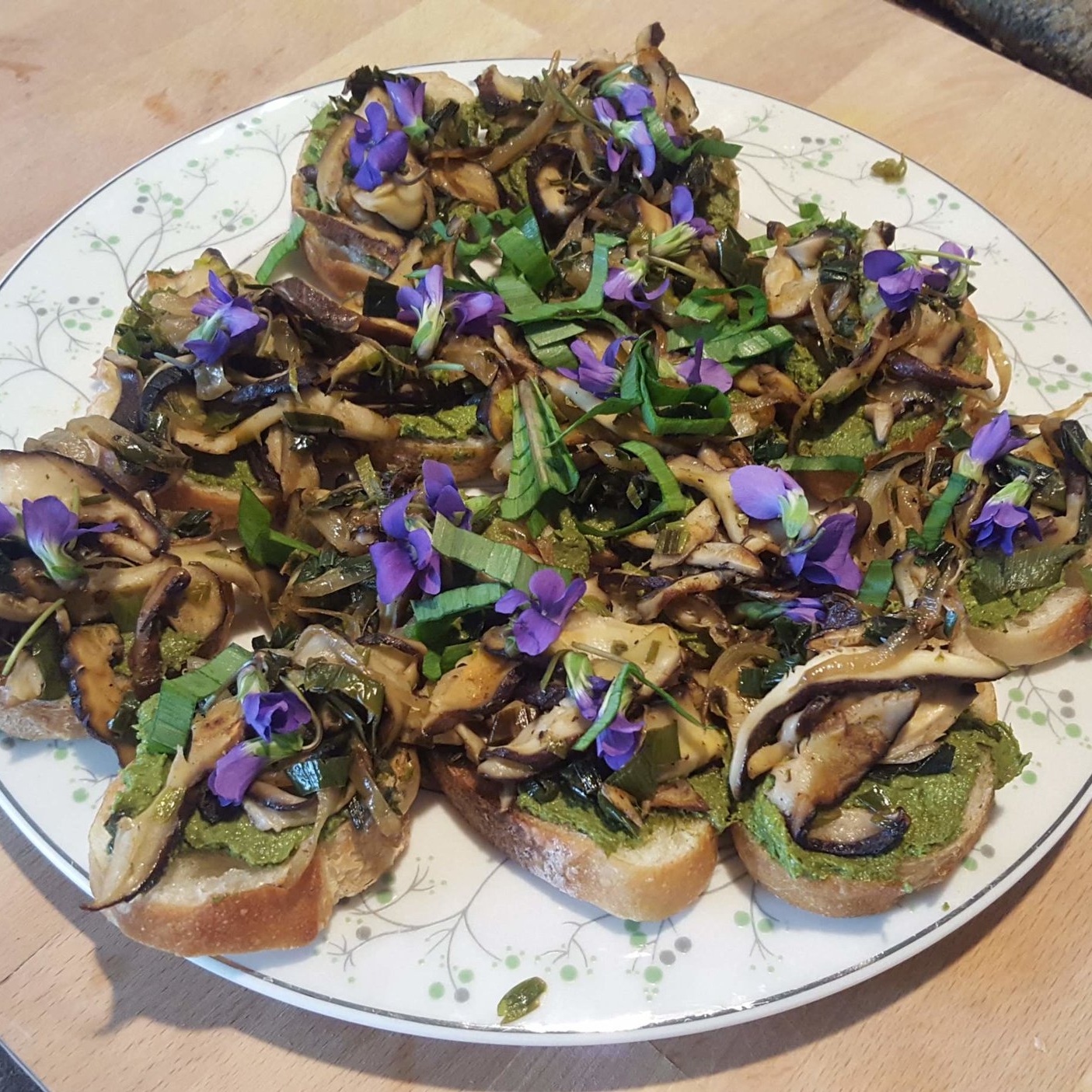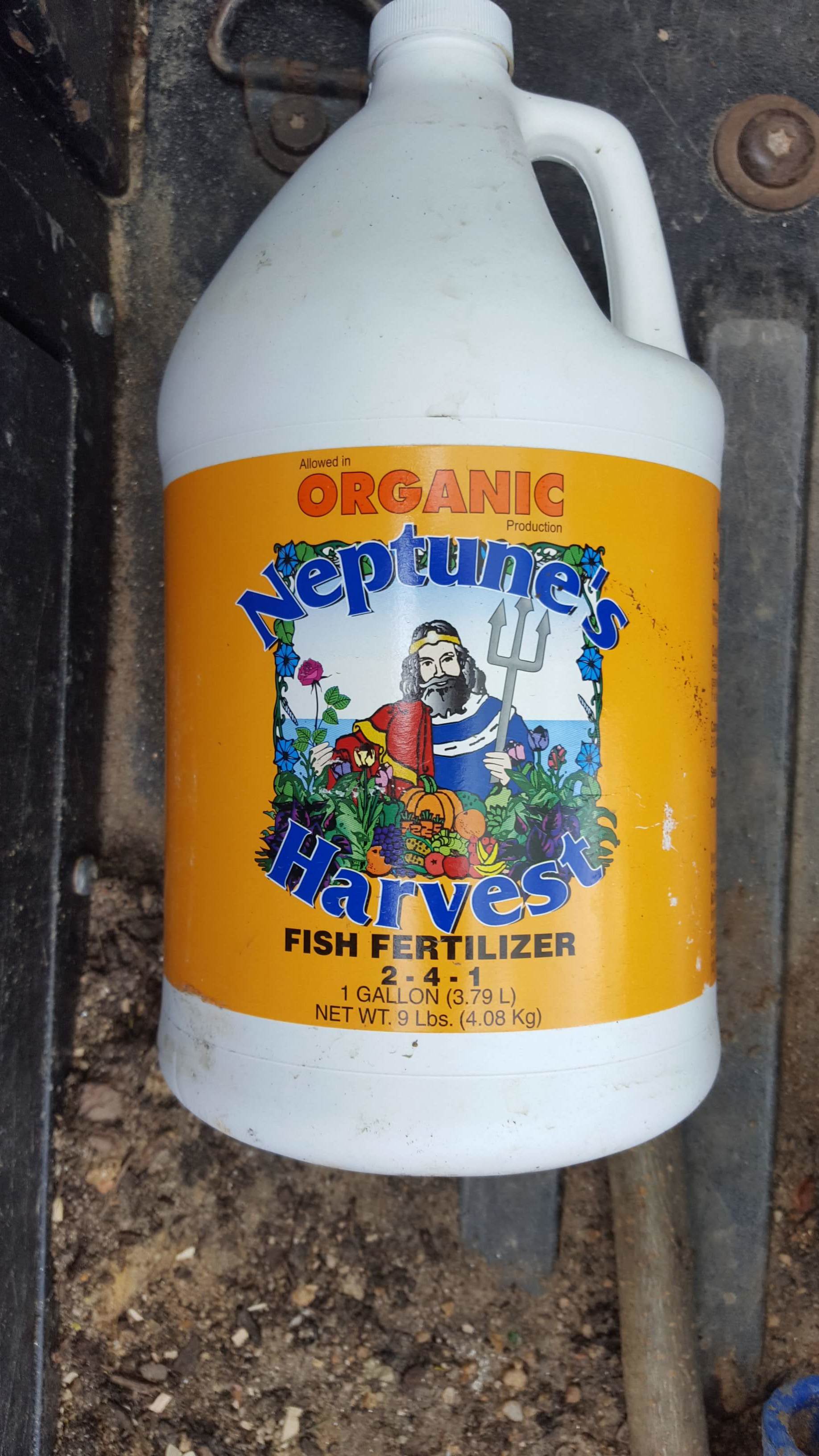Bouquet of broccoli flower, chive flower, and lemon balm
Late May to early June is a transition period in the garden. We’re replacing bitter spinach with baby squash and planting tomatoes in the holes left by harvested head lettuces.
We don’t pull out Spring crops just to make room for Summer crops; many greens and brassicas (generally, the plants whose leaves we eat) will “bolt,” or flower, rendering their flavors bitter and their textures tough. You can spot the beginnings of bolting on most plants when the leaves begin to elongate and the plant begins growing tall rather than leafy. In the rosettes, or on the top of the stem, you’ll see a bud forming. You may be able to delay the process of bolting by removing the shoot, but for most crops, once it’s begun it can’t be reversed.
Bolting normally evokes groans from gardeners mourning the end of tender greens til Fall - but bolting isn’t all bad! Most crops send up tight clusters of small flowers whose close proximity makes them favorites of pollinators. These flowers also add pops of bright color to your garden and, in many cases, are edible! For example, kale or broccoli flowers are just as pleasant in a vase as they are on a plate, sautéed with garlic and a squeeze of lemon. The petals of chive flowers add a subtle onion flavor and act a beautiful garnish when sprinkled on top of pasta or fish. The peppery Arugula flowers lend themselves well to salads or scrambled eggs, and basil flowers can be used to make infused oils for salad dressings, dainty dessert toppings, or fragrant centerpiece bouquets!
So go ahead and take out your bolted plants when you’re ready to put in new crops, but enjoy the flowers while they’re there!





